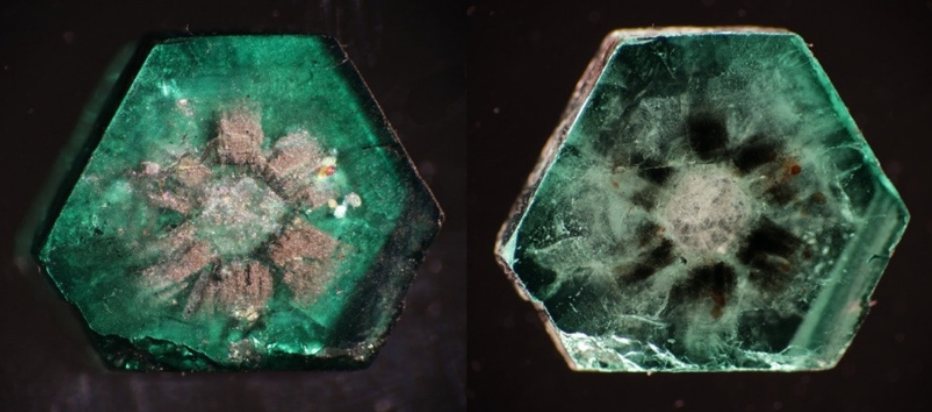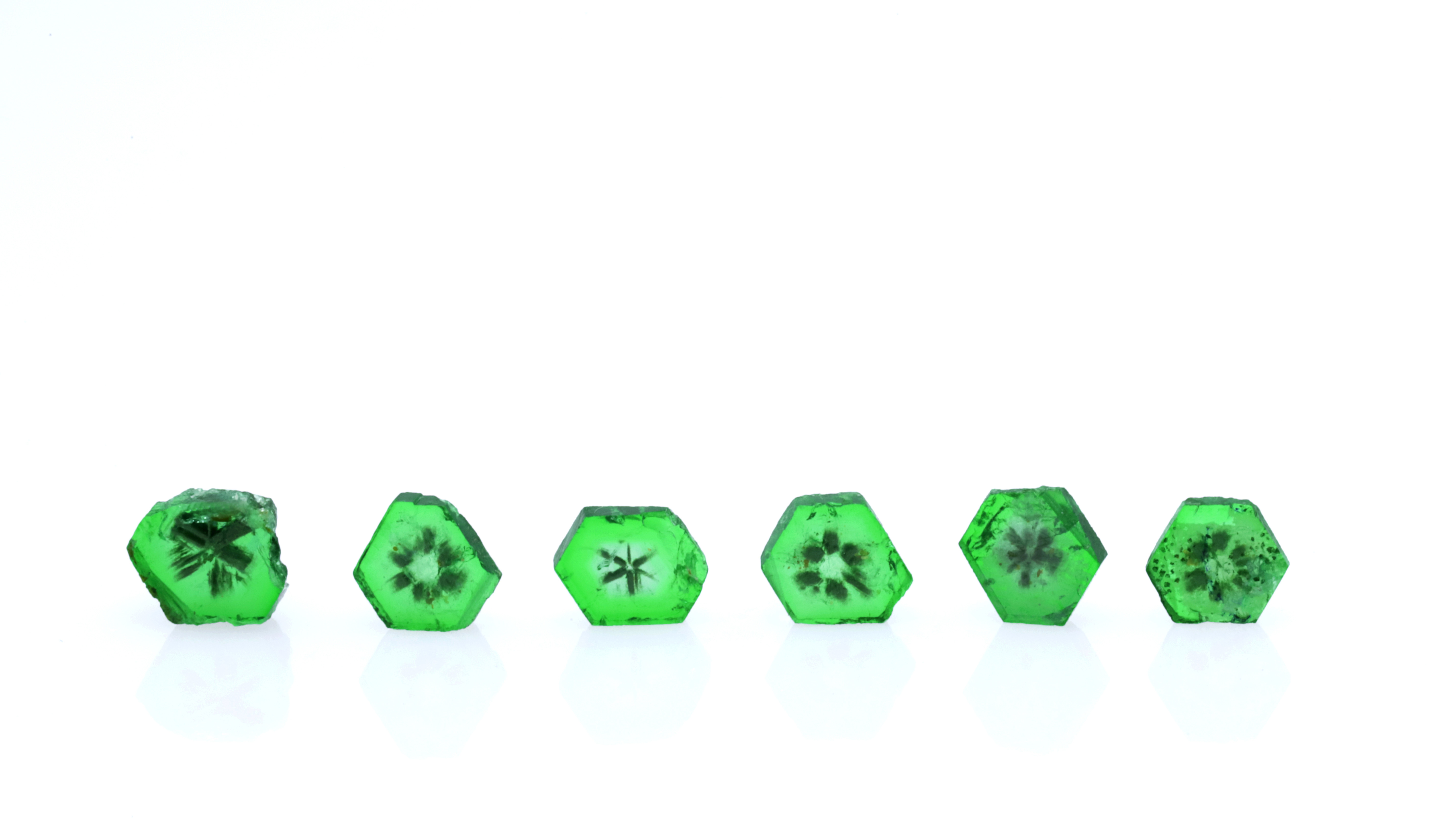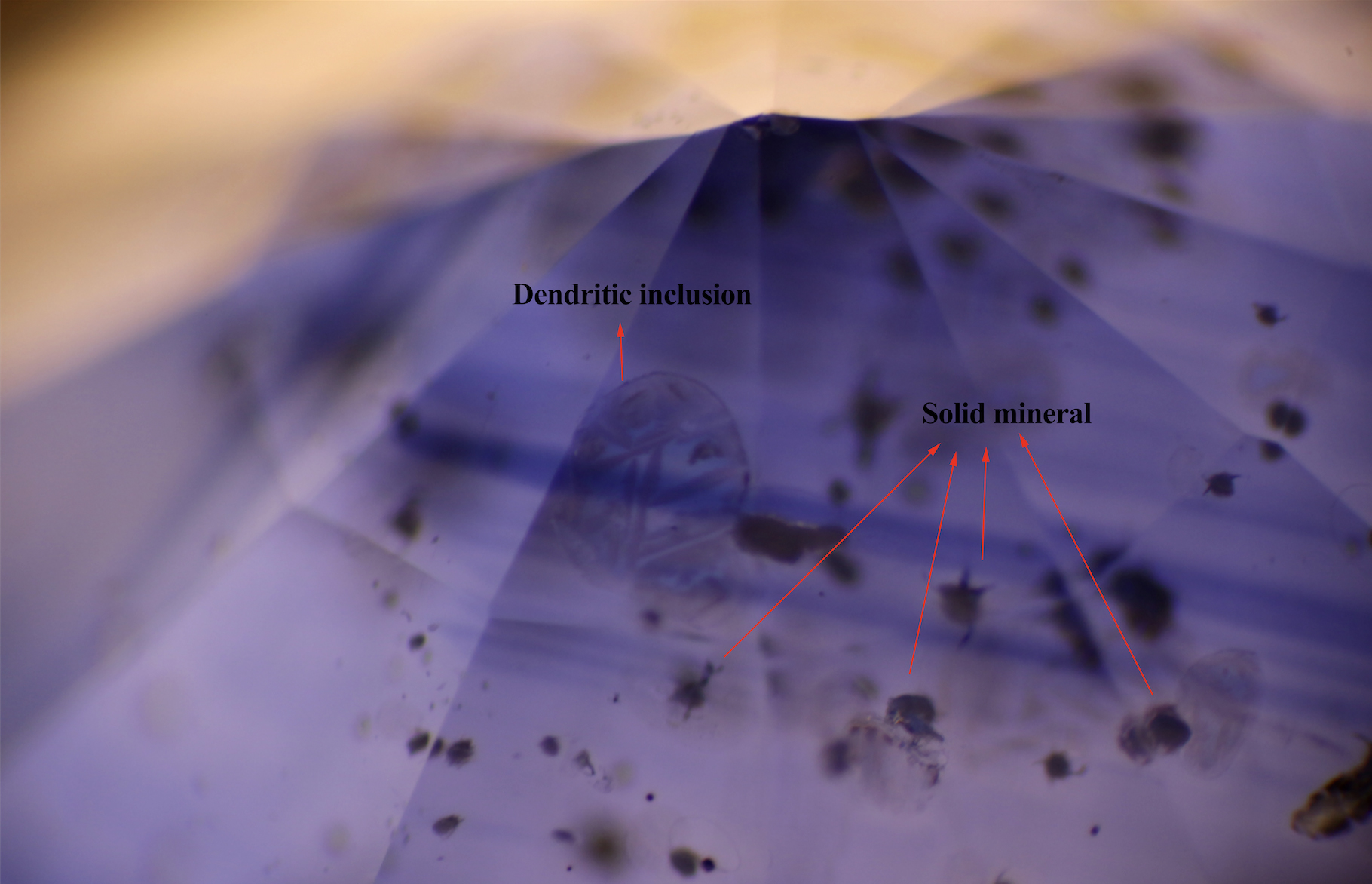Feb 07, 2022
Gemstone Inclusion Study by 3D Raman-Mapping and High-Resolution X-ray Computed Tomography: The Case of Trapiche Emerald from Swat, Pakistan
GUILD
Gemstones usually contain inclusions as the natural hallmark of their formation. Studies on inclusions may contribute to our understanding of the gem and better adapt to the gems and jewelry industry. In this study, we applied advanced 3D Raman mapping and high-resolution X-ray computed tomography (HRXCT) and conducted a thorough experiment on one emerald with a special trapiche pattern containing a colorless core, solid minerals, and fluids. Hematite and magnetite were identified as metallic minerals by the Raman spectrum. The hexagonal core is beryl, and the voids are primarily filled with CO2 and N2. HRXCT demonstrated a visualized distribution of these inclusions within the gem host by reconstructing a 3D illustration. Further calculation of the volume of inclusions regarding the host showed that the minerals take up 0.07%, void 0.03%, and the hexagonal core 8.25%. The combined application of Raman-Mapping and X-ray Micro Computed Tomography proved to be a very promising technique for tracing the gemstones by characterizing the unique inclusions (identification and morphology) within the gem host.
LEARN MORE





